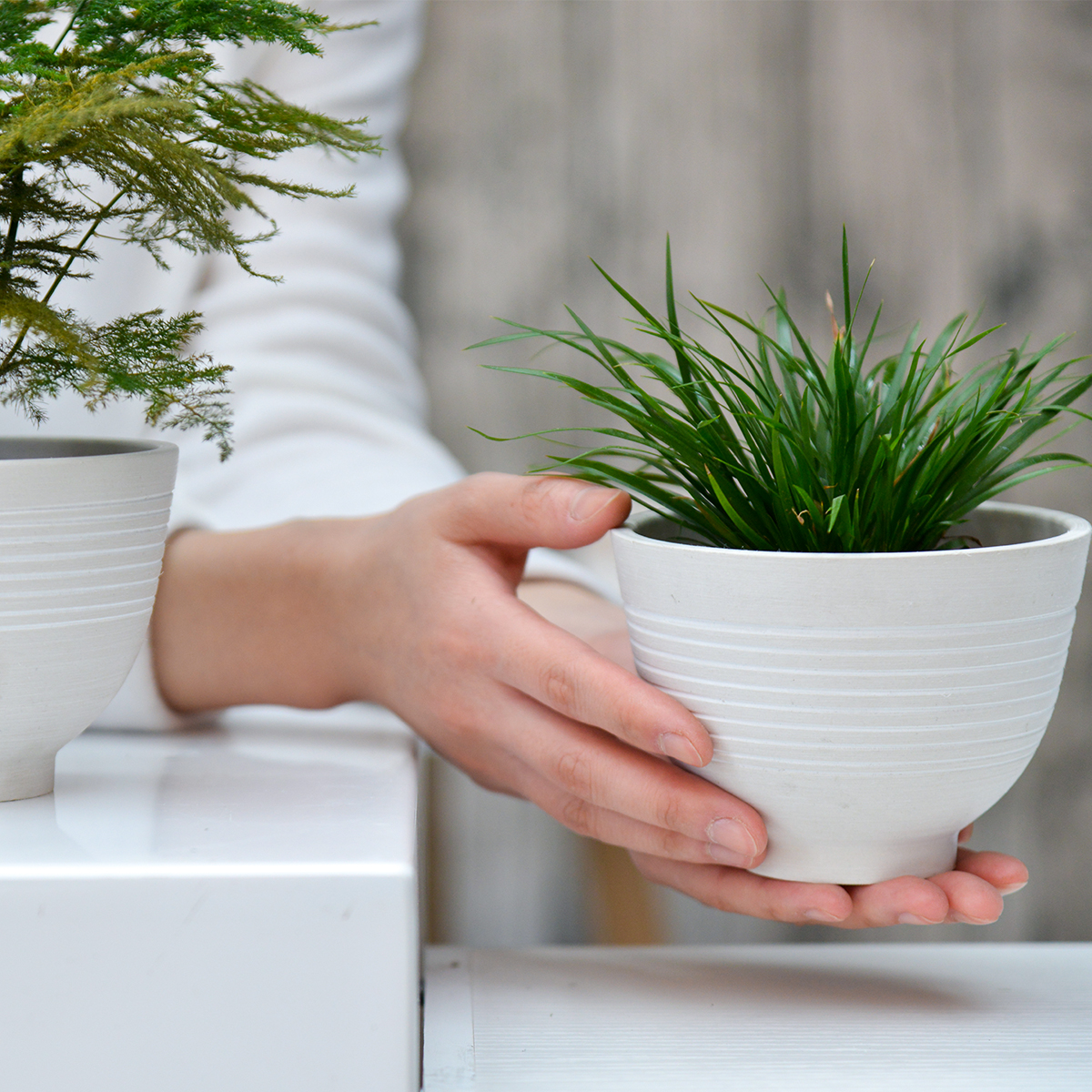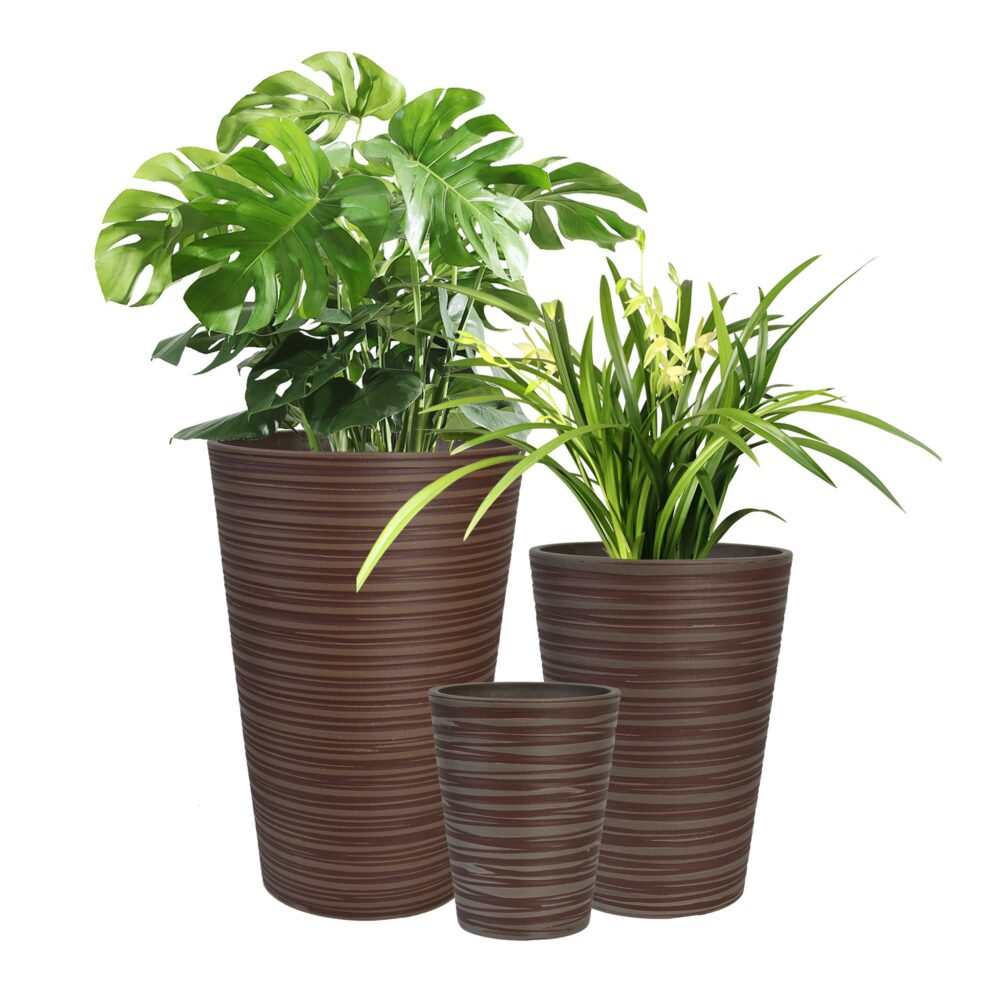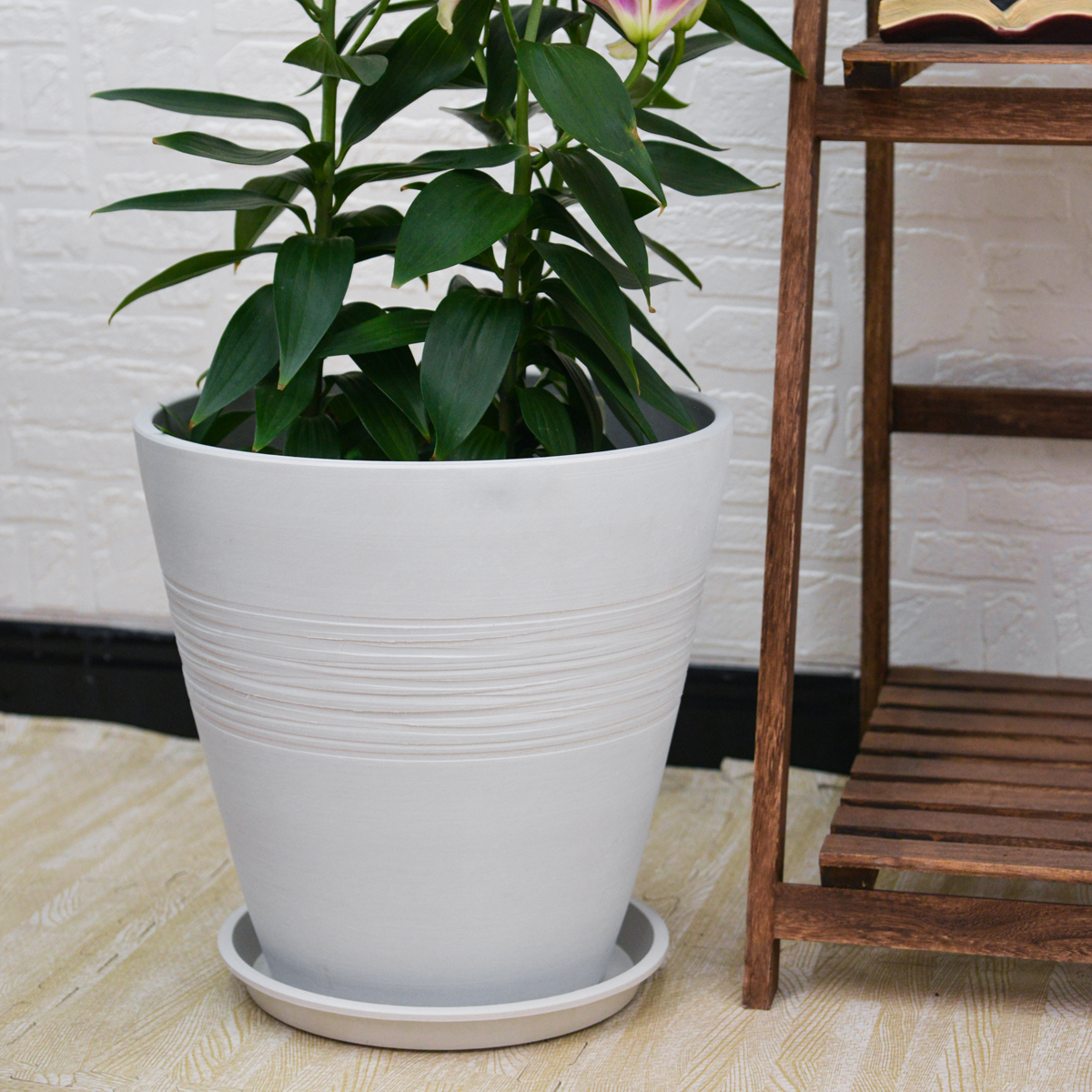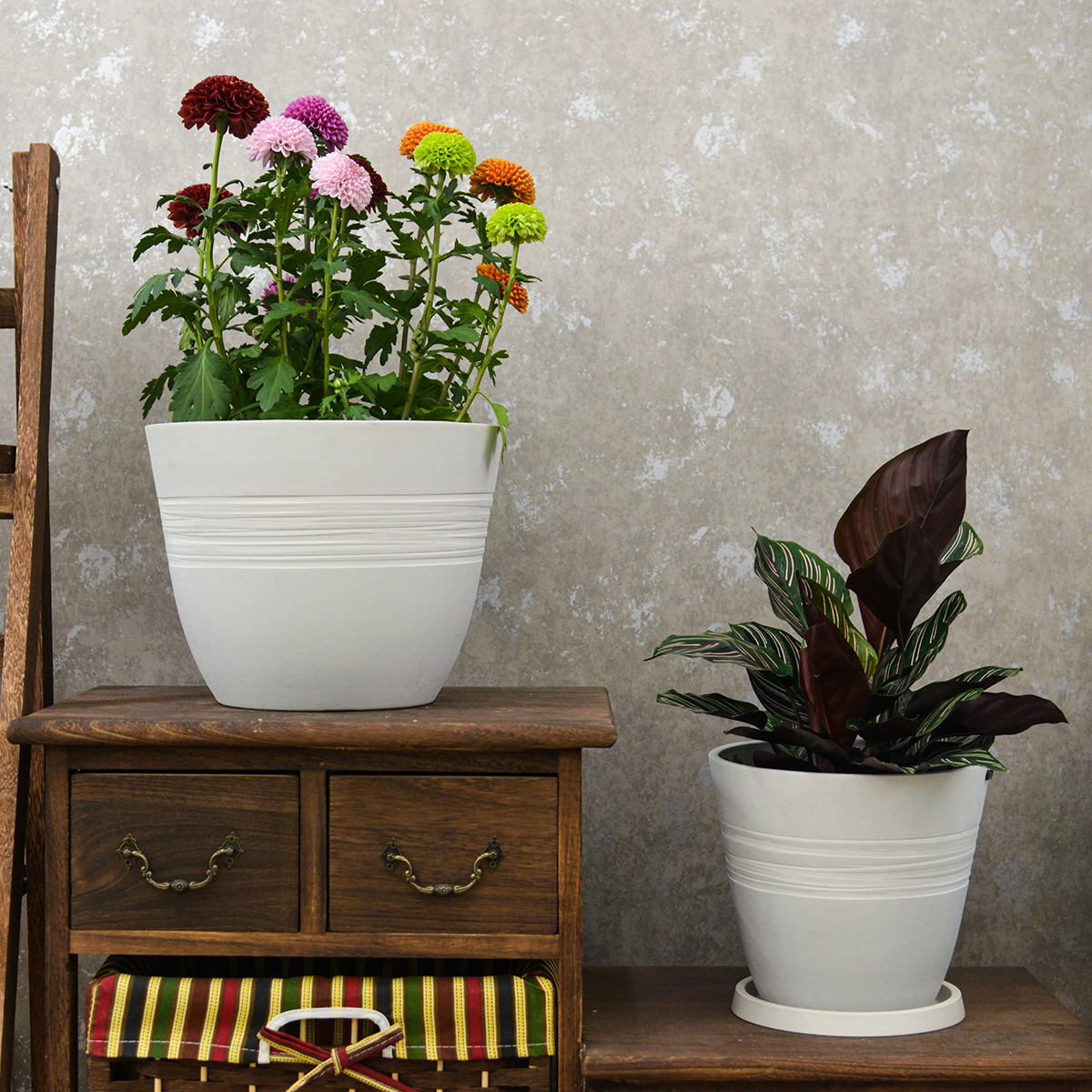Soil for Large Outdoor Planters: How Much & What Type to Use
Large outdoor planters offer fantastic opportunities for substantial planting displays, but filling them requires a significant amount of soil. More importantly, using the right kind of soil mixture is absolutely crucial for the health and longevity of your plants in such a large container. The wrong soil type can lead to drainage issues, compaction, and nutrient deficiencies, even in a generously sized pot.
So, how much soil do large outdoor flower planting boxes need, and what type of soil mixture should you use to ensure your plants thrive?
How Much Soil Do Large Planters Need?
The exact amount of soil needed depends entirely on the dimensions of your specific planter. Large planters, holding significant volume, can require quite a bit of potting mix.
To figure out how much soil you need, you’ll need to calculate the planter’s volume:
- For Rectangular or Square Planters: Volume = Length × Width × Height.
- For Round Planters: Volume = π (pi, approximately 3.14) × Radius² × Height. (Radius is half the diameter).
Measure your planter’s internal dimensions in feet to calculate the volume in cubic feet. Potting mix is typically sold in bags measured in cubic feet. For very large projects or planters, you might even calculate in cubic yards (1 cubic yard = 27 cubic feet), as bulk soil deliveries are measured this way, though it’s less common for standard bagged potting mix.
Practical Tip: It’s always a good idea to purchase slightly more potting mix than your calculation suggests, as soil tends to settle after watering, and you’ll want a little extra for topping off or future use.
What Type of Soil Mixture Should You Use?
This is a critical point: You should NEVER use garden soil, topsoil, or native soil dug from your yard to fill a container, especially a large one.
- Why NOT Garden Soil? Garden soil is designed to interact with the earth below it for drainage and nutrient cycling. In a container, it compacts very easily, lacks adequate aeration, drains poorly (leading to root rot), and may contain weed seeds, pests, or diseases.
The correct type of soil mixture for large outdoor planters is a high-quality potting mix (also often labeled as “potting soil,” though this can be confusing).
What Makes a Good Potting Mix? Potting mixes are specifically formulated for containers. They are “soilless” or contain very little actual soil, made instead from ingredients that provide:
- Good Drainage: Excess water flows through freely.
- Excellent Aeration: Provides air pockets for healthy root respiration.
- Moisture Retention: Holds enough water for the plant’s needs between waterings.
- Lightweight: Easier to handle than compacted soil.
- Nutrients: Often contain composted organic matter or slow-release fertilizers to feed the plant.
Key Ingredients in Potting Mix: Look for mixes containing components like:
- Peat Moss or Coco Coir: Provide structure and hold moisture.
- Perlite or Vermiculite: Lightweight materials that create air spaces and improve drainage.
- Composted Materials: Bark fines, composted manure, or other organics for nutrients and structure.
Choosing the Right Mix: An all-purpose potting mix is suitable for most plants. You can also choose specialized mixes based on your plants’ needs (e.g., a mix with more perlite for plants requiring very sharp drainage, or a mix with water-retaining crystals if you struggle with watering frequency in hot climates, though Astilbe prefers consistent moisture without waterlogging).
Lightweight Mixes: For very large planters where weight is a significant concern, look for potting mixes specifically marketed as “lightweight.” These mixes often incorporate more perlite or other lighter materials to reduce the overall weight of the filled container.
Filling the Planter
Once you have the right type and calculated amount of potting mix:
- Ensure the planter has adequate drainage holes and they are not blocked.
- Add potting mix gradually, breaking up any large clumps.
- Fill the planter to the appropriate level for your plant, leaving an inch or two of space (headroom) between the top of the soil and the rim of the pot. This space is essential for watering.
- Water thoroughly after planting, as this will help the soil settle and eliminate air pockets. You may need to add a little more mix after the first watering.
Conclusion
Filling large outdoor planters requires a substantial volume of soil, the exact amount depending on the planter’s size. More importantly, the type of soil is critical. Always use a high-quality, well-draining potting mix specifically formulated for containers, never dense garden soil. Choosing the correct mix ensures proper aeration, drainage, and moisture retention, providing your plants with the healthy root environment they need to thrive and flourish in their large home.
KC2-21G
By greenship|2024-08-13T06:19:08+00:00August 13, 2024|Categories: Hand-carving Series|
KC3-14A
By greenship|2024-08-16T06:26:30+00:00August 16, 2024|Categories: Hand-carving Series|
Modern Plant Pots with Drainage – Indoor & Outdoor Use (6″ Widths)
By greenship-seo|2025-04-10T06:29:43+00:00February 6, 2025|Categories: Hand-carving Series|Tags: Decorative Flower Pots|
KC2-GS
By greenship|2024-08-16T06:30:21+00:00August 16, 2024|Categories: Hand-carving Series|
KC2-11V
By greenship|2024-08-16T05:39:50+00:00August 16, 2024|Categories: Hand-carving Series|
11V
By greenship|2024-08-13T03:05:48+00:00August 13, 2024|Categories: Hand-carving Series|








